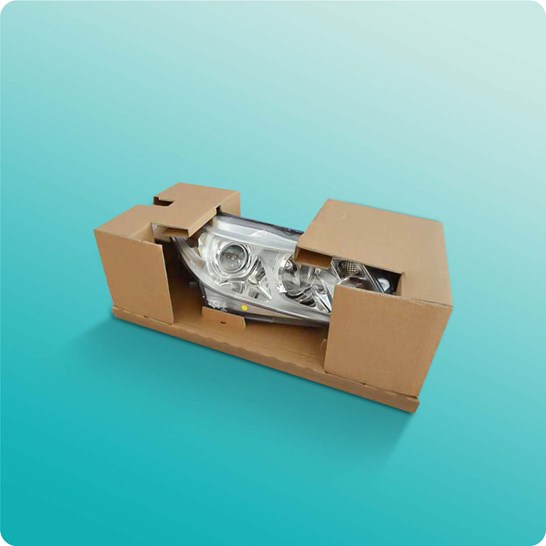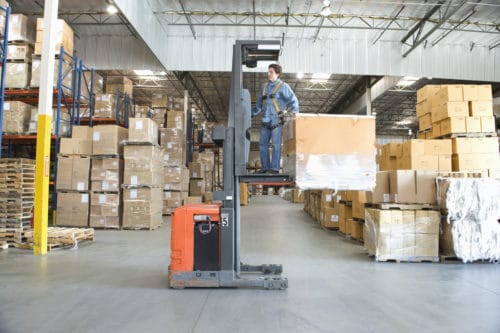Bulk Container Recycling Initiatives: Sustainably Navigating Sector
Bulk Container Recycling Initiatives: Sustainably Navigating Sector
Blog Article
Discover the Importance of Industrial Packaging Recycling: Specialist Insights
It is imperative to recognize the value of recycling commercial packaging to mitigate the adverse repercussions on our planet. In this conversation, we will delve right into the expert understandings on this topic, exploring the advantages of recycling commercial packaging, specialist suggestions for effective recycling, the difficulties involved, and the future prospects and technologies in this field.
Ecological Effect of Industrial Product Packaging

One more ecological influence of industrial packaging is the exhaustion of natural deposits. The production of packaging materials needs substantial quantities of energy, water, and basic materials. This extraction and usage of sources add to logging, water deficiency, and the destruction of communities. Furthermore, the production procedure of product packaging products usually involves using harmful chemicals that can pollute soil, air, and water, positioning a danger to human wellness and the setting.
Recycling programs should be applied to make sure that industrial product packaging materials are drawn away from garbage dumps and given a 2nd life. By dealing with the ecological effect of industrial product packaging, we can move in the direction of a more liable and sustainable strategy to product packaging and add to the preservation of our earth for future generations.
Benefits of Recycling Industrial Product Packaging
Recycling commercial packaging uses numerous benefits, both for the environment and for services looking for to embrace lasting practices. One of the vital benefits of recycling is the decrease in waste sent out to garbage dumps. By reusing packaging materials such as cardboard, plastics, and steels, companies can reduce their ecological footprint and save beneficial resources.
Reusing commercial product packaging also helps to conserve energy. Additionally, recycling decreases greenhouse gas discharges connected with the production of new packaging materials.
An additional advantage of recycling commercial product packaging is the potential for expense financial savings. By implementing recycling programs, services can lower garbage disposal costs and potentially create revenue by offering recyclable products. Recycling can additionally boost a firm's public photo and draw in environmentally conscious customers that value lasting techniques.
Moreover, recycling industrial product packaging can add to a round economic climate. By recycling materials and including them back right into the production process, businesses can develop a closed-loop system that minimizes the requirement for virgin materials and advertises resource efficiency.
Specialist Tips for Effective Industrial Product Packaging Recycling
To enhance the efficiency of commercial packaging recycling, expert expertise and methods are vital. Industrial packaging is made to secure goods throughout transport and storage, and reusing it can help lower waste and save resources. Right here are some expert pointers for efficient commercial packaging reusing:
Design for recyclability: When selecting product packaging materials, consider their recyclability. Prevent making use of mixed products or intricate packaging styles that are hard to separate and recycle.
Apply a recycling program: Develop a detailed recycling program that consists of clear guidelines for getting rid of and sorting of packaging materials. Enlighten workers concerning the significance of reusing and provide proper training on exactly how to reuse properly.
Partner with recycling centers: Team up with neighborhood reusing facilities to comprehend their approval requirements and demands. Establish a connection with a reliable recycling partner who can handle your industrial product packaging waste successfully.
Lower product packaging waste: Explore ways to minimize packaging waste by utilizing ingenious style methods, such as lightweight materials and right-sizing packaging. By decreasing the amount of packaging utilized, you can reduce the environmental impact and make recycling easier.
Track and measure recycling initiatives: Display and gauge your reusing efforts to analyze the efficiency of your program. Set goals and targets for increasing recycling rates and continually boost your recycling approaches based upon the data collected.
Challenges in Industrial Product Packaging Recycling
Among the major challenges faced in commercial product packaging recycling is the lack of standard reusing techniques and infrastructure. Unlike household recycling, where there are clear standards and systems in position, industrial packaging reusing commonly lacks a consistent strategy. industrial packaging solutions. This absence of standardization makes it tough for companies to browse the recycling process successfully and efficiently
Industrial packaging is usually made from a broad array of materials, such as plastics, metals, and composite products. Some commercial packaging products, such as laminated plastics, are not conveniently recyclable, leading to enhanced waste and ecological influence.
In addition, the large quantity of industrial packaging waste can be frustrating. Industries generate a significant amount of product packaging waste on a daily basis, and discovering appropriate reusing centers to manage this quantity can be a challenging job. This can result in packaging products being sent out to land fill as opposed to being recycled.
Moreover, the absence of awareness and education about industrial packaging recycling is one more obstacle. Several businesses are not fully aware of the benefits of recycling their packaging materials or the offered recycling choices. This lack of understanding causes a missed out on chance to minimize waste and add to a much more lasting future.
To get rid of these obstacles, it is critical for services to work together with reusing companies, federal government companies, and market associations to develop standardized reusing approaches and framework. This will certainly not just improve the recycling process yet additionally make sure that even more packaging materials are drawn away from land fills and recycled appropriately. Furthermore, raising awareness and giving education and learning regarding industrial product packaging recycling can assist companies understand the relevance of reusing and make notified decisions concerning their packaging choices.
Future Leads and Innovations in Industrial Packaging Recycling
With the challenges of click here to read standard techniques and infrastructure in commercial packaging recycling, the emphasis now shifts in the direction of exploring cutting-edge services and future prospects to attend to these issues. As click here to read the need for sustainable product packaging remains to expand, the industry is observing improvements in technology and procedures that intend to enhance reusing rates and lower environmental influence.
One promising future possibility is the development of intelligent product packaging materials. These products are designed to have installed sensors that can supply information regarding their make-up and condition. By utilizing these sensing units, recyclers can easily determine and arrange different kinds of product packaging materials, making the recycling procedure more affordable and effective.
Another ingenious service is making use of advanced reusing innovations. Standard reusing approaches typically encounter challenges in efficiently reusing intricate product packaging materials, such as multi-layered plastics. Advanced technologies, such as chemical recycling and pyrolysis, can break down these materials right into their standard parts, allowing for a higher rate of recycling.

Final Thought
By reusing industrial product packaging, organizations can benefit from cost financial savings, minimized waste, and enhanced brand photo. The future potential customers of industrial product packaging recycling are appealing, with developments in technology and technologies aimed at improving reusing efficiency and reducing waste.
Reusing programs ought to be applied to make sure that industrial product packaging materials are drawn away from garbage dumps and given a 2nd life. By addressing the ecological impact of commercial packaging, Look At This we can relocate towards an extra sustainable and liable approach to product packaging and contribute to the preservation of our earth for future generations.
Minimize product packaging waste: Check out means to lessen packaging waste by making use of ingenious style strategies, such as lightweight products and right-sizing packaging. In addition, increasing understanding and offering education and learning about commercial packaging recycling can help companies recognize the relevance of recycling and make informed choices about their packaging choices.
Standard reusing approaches frequently deal with obstacles in properly reusing intricate packaging materials, such as multi-layered plastics.
Report this page